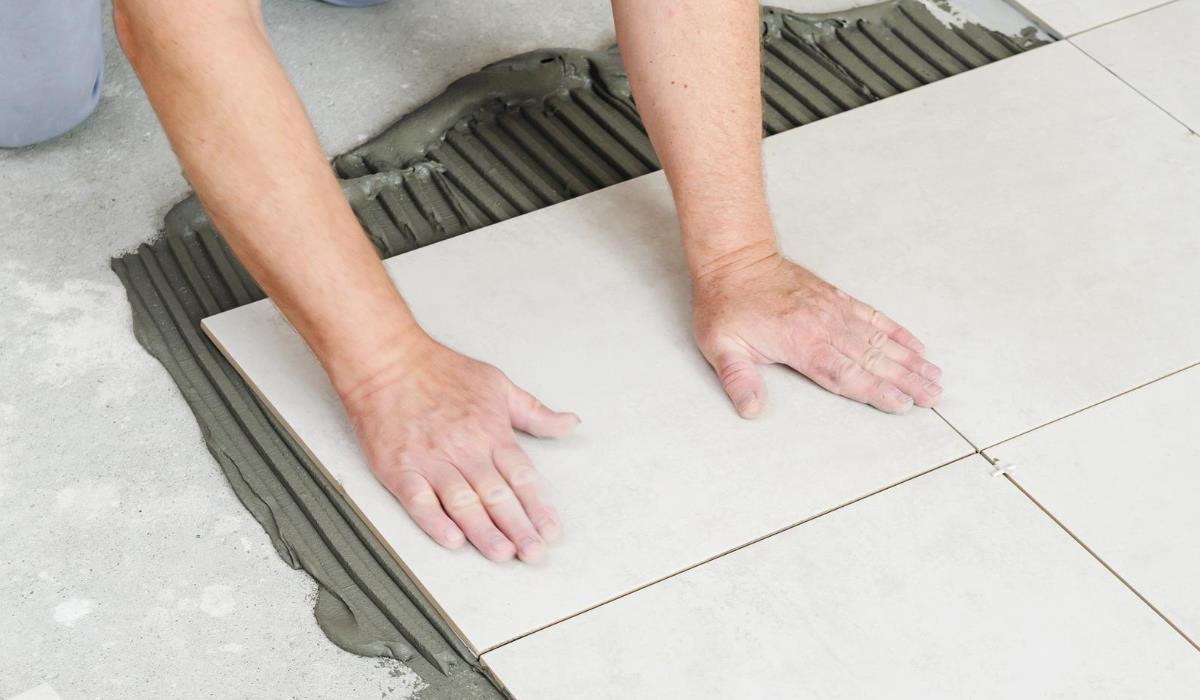The first question people ask when starting a new tile project is, “How many tiles do I need?” Knowing how to calculate the amount of tiles allows you not only to determine the budget, but also to purchase the right amount of material for the task.
When planning the tiling of a kitchen wall, using the same batch of tiles means consistency in color and style. However, please note that tiles may be discontinued or slightly changed. This is a common problem when we want to use the same tiles in different rooms decorated at different times.
How to calculate the number of tiles?
Squares and rectangles
This is the simplest and most commonly used method of calculating the area of a room. Just measure the length and width of the area and multiply them. This applies to walls and floors. For a bathroom wall measuring 2 m by 2.4 m, the area to be covered is 4.80 m2. Adding 10% for waste, you need tiles for an area of 5.28m2.
Irregular shaped rooms
Most rooms are not rectangular or square. There are often obstacles such as a kitchen island, chimney or cupboards. In this case, divide the floor or wall into several rectangular or square sections and measure the length and width of each section.
If you lay the tiles at a 45 degree angle or around a recessed window, there will be more waste, so add 15% instead of the usual 10%. If in doubt, buy an extra box of tiles. This will ensure that you don’t run out of material and that you have replacements for the future.
Calculations

The number of tiles in a box depends on their size. Usually it is from 6 to 48 pieces. However, it is not so much how many tiles are in the box as what surface they cover. If you have 12m2 to cover, the calculation is as follows: 12m2 / 0.96m2 = 12.5. Adding 10% – 1.25 – we get a total of 13.75, which means you need 14 boxes.
If you are unsure of your calculations or want confirmation of your results, you can use the online tile calculator. There are many simple and easy-to-use tools for calculating wall and floor coverings.



